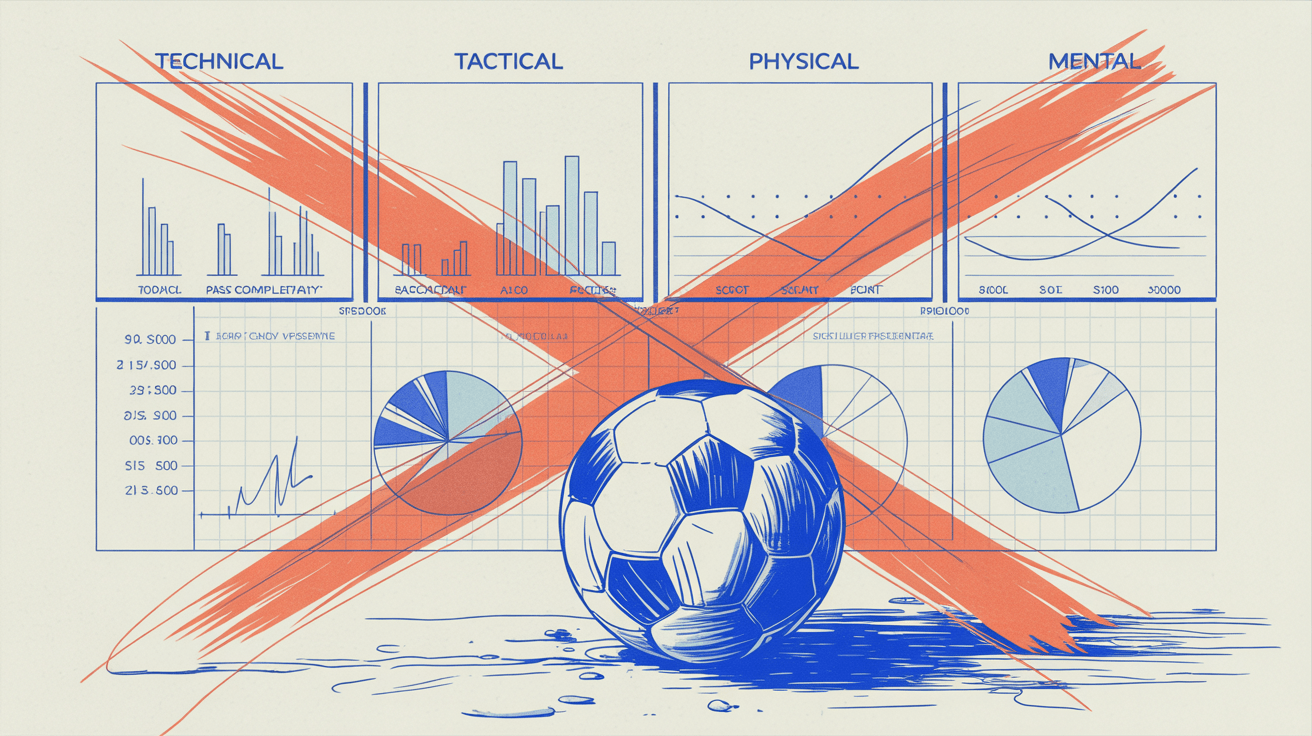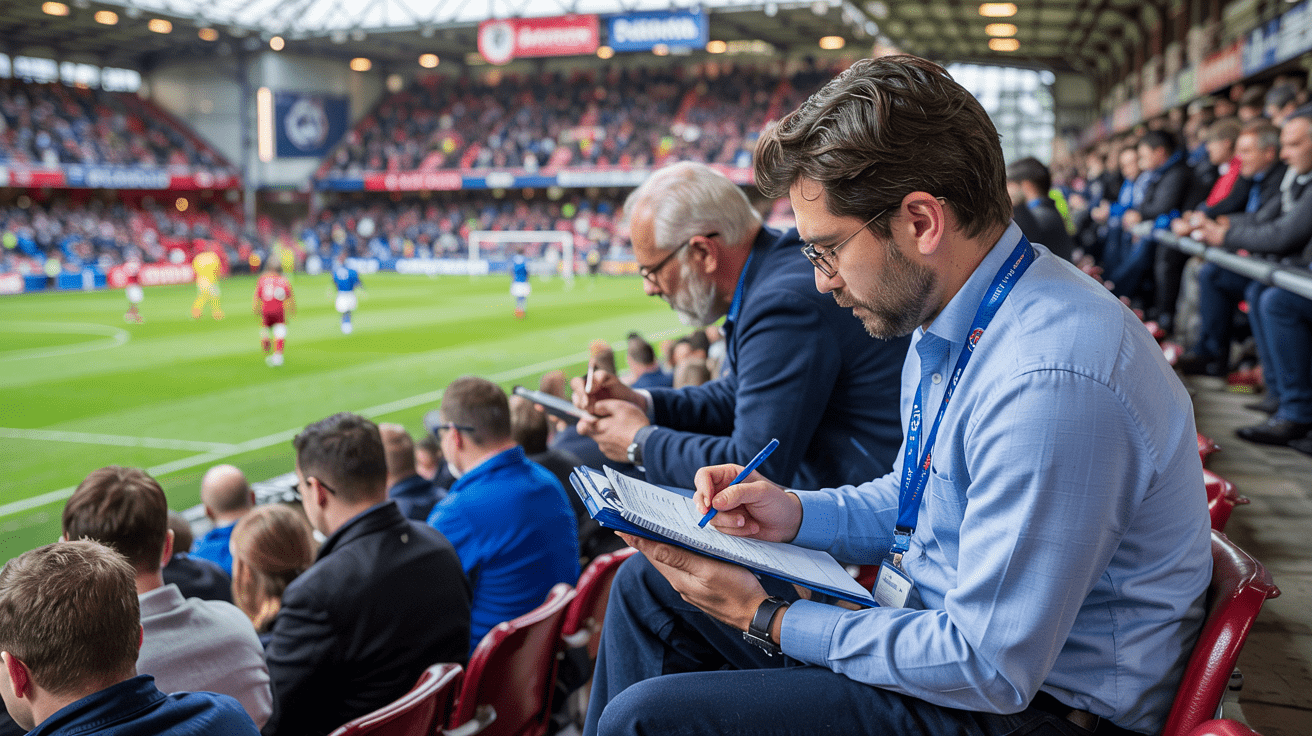Every four months, we organize an application procedure for scouts. Over thousand scouts take part per round. In this article, we explain how we test them to find the top 0.5%.
Competencies
The first question to ask is: what makes a good scout? What separates the top scouts from the average ones? We’ve identified six scout competencies that are most relevant.
- The scout assesses the current level and potential of players very accurately.
- The scout recognizes the strengths and weaknesses of players precisely.
- The scout matches their player knowledge to what the club is looking for.
- The scout communicates their findings very clearly.
- The scout watches a lot of football and has extensive player knowledge.
- The scout consistently collects valuable information through their network.
We’ve learned that we can test these first four scout competencies very accurately with assessments. For the last two scout competencies, we need to talk to the top performing scouts one-on-one.
First assessment
Every scout who applies receives the first assessment. We don’t check cv’s or read motivational letters, as we’ve learned that testing a scout simply tells us more about their quality level.
While watching football, we face many interesting football situations. We pick ten very interesting football situations for the first assessment to ask questions about. In these short clips, a lot of things happen. Below, you’ll find one example.
There are many things to ask questions about in such a clip. For the center back, his pass and the subsequent defensive actions are interesting. For the winger, we ask questions about his pressing action, first touch, dribble and shot (decision).
The top 10% applicants who (a) recognize best what happens in these clips, and (b) are best able to write down what happens as clearly as possible proceed to the second assessment.
Second assessment
In the second assessment, we use actual scouting tasks to test the applicants. They create three reports.
- One report on a defender or defensive midfielder based on individual clips.
- One report on an attacking midfielder or forward based on individual clips.
- One report on a full match, flagging and describing the most interesting players.
The scouts do three things.
- Assess the current and potential level of the players.
- Identify their main strengths and weaknesses.
- Write a report.
We check all of their answers anonymously, which means we don’t develop any bias in rating their answers. They earn (or lose) points for every answer they provide, and after checking all answers, there is a final score which correlates very well with their quality level.
In the image above, you can see the ranking (on the left), country (second from the right) and final score (on the right) for the top 15 and bottom 10 applicants in one of our previous second assessments.
Next steps
We’ve learned that – on average – the top 0.5% is really, really good. Some of them already have extensive experience at professional clubs, some of them don’t. They have the skill set, but didn’t get a chance at a club yet.
Throughout the year, we are in touch with many clubs worldwide. Whenever a club wants to strengthen their scouting department, we recommend suitable scouts based on their:
- skill set
- language
- league knowledge
If you are the head of scouting or sporting director of a club and want to learn more about what we do and how you could benefit, please email us at info@360scouting.com.
If you are an (aspiring) scout and want to take part in this application procedure, you can subscribe here.



